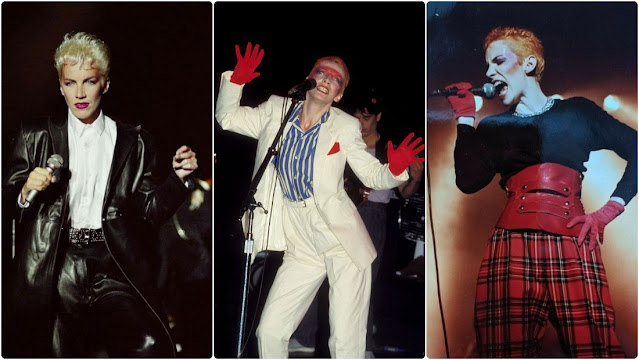Back in 1977, Herb Ritts, then an amateur photographer, met up with his good friend, the equally unknown actor Richard Gere. One day, the two were cruising together around San Bernardino, California when their car got a flat. As legend has it, the two ambled into a gas station, and while they awaited service, Ritts started shooting his pal. Three months later, the well-oiled images landed in the pages of Vogue, Esquire, and Mademoiselle.
 |
| © Herb Ritts Foundation, courtesy of the J. Paul Getty Museum, Los Angeles, Gift of Herb Ritts Foundation |
In an interview with François Quintin in 1999, Ritts talked about this famous picture of his friend Richard, which depicts Gere as a new American hero—and which launched Ritts’s photography career. Here’s an excerpt from the interview:
“I knew Richard’s girlfriend, Penny, who was an actress, and she introduced me to Richard. Actually, when I first started dabbling in photography, I was still working for my parents as a salesman. Penny was supposed to come to my house to take a head shot, but she never showed. Richard arrived; he was going to meet her there. I asked if I could take a picture of him, and he said no—he was very shy and had very long hair—but finally I did.
“A week or so later, we were driving around in Penny’s car and got a flat tire and ended up in a desert gas station, where we took pictures. Later that year, Richard told his new publicist, “Oh, Herb took a couple of rolls of me.” He had fairly well-known photographers shooting him already; it happened quickly for him. So I sent the negatives and forgot about it. What did I know? I wasn’t a photographer. Three months later, the pictures appeared in American Vogue, Esquire, and Mademoiselle. Big spreads. One day soon thereafter, Mademoiselle tracked me down and asked me to do Brooke Shields, and I said sure. I didn’t say I wasn’t a photographer.”
On the eve of the Getty Center’s retrospective, the actor recalled the distinct style of the late artist and longtime friend:
“I was 26 or so when I met Herb Ritts. Somehow he was in this group of actors. He was the one who was really nice to be around, unlike a lot of people in that group who weren’t, including me. Sometime in the mid-’70s, I remember him telling me that he was going to take night classes in photography. Later, I remember calling him and saying, “Let’s go riding into the desert and shoot some stuff.” The car in that shot (right) was my girlfriend’s, and we got a flat tire. That’s why it’s at the gas station. We didn’t have a sense that it was significant. We were just shooting, having fun. But it’s actually a complex photo with the juxtaposition of hard and soft and different angles.“There’s a very real reason why Herb was on top of everyone’s list of still photographers. He captured something in his subjects — an essential quality. We recognize ourselves. He had a warmth in his photographs that everyone liked.“Herb shot people he knew and had a feeling for, and if he didn’t know them, he had a respect for them. I don’t think he shot someone if he didn’t like or respect them — I don’t think he could have done it.“On set, Herb created a very easy, flowing atmosphere. He’s one of the warmest human beings I’ve ever known. He loved to use natural light, and he knew which hours of the day and which sides of the studio the light came in and how to bounce it the right way. Something that I don’t think everyone realizes about Herb is that he was an artist. He did fashion photography as a job but had the soul of an artist, and he wanted that shot.“He was the kind of guy that whenever I see mutual friends who loved Herb, we start crying.”























































.jpg)





